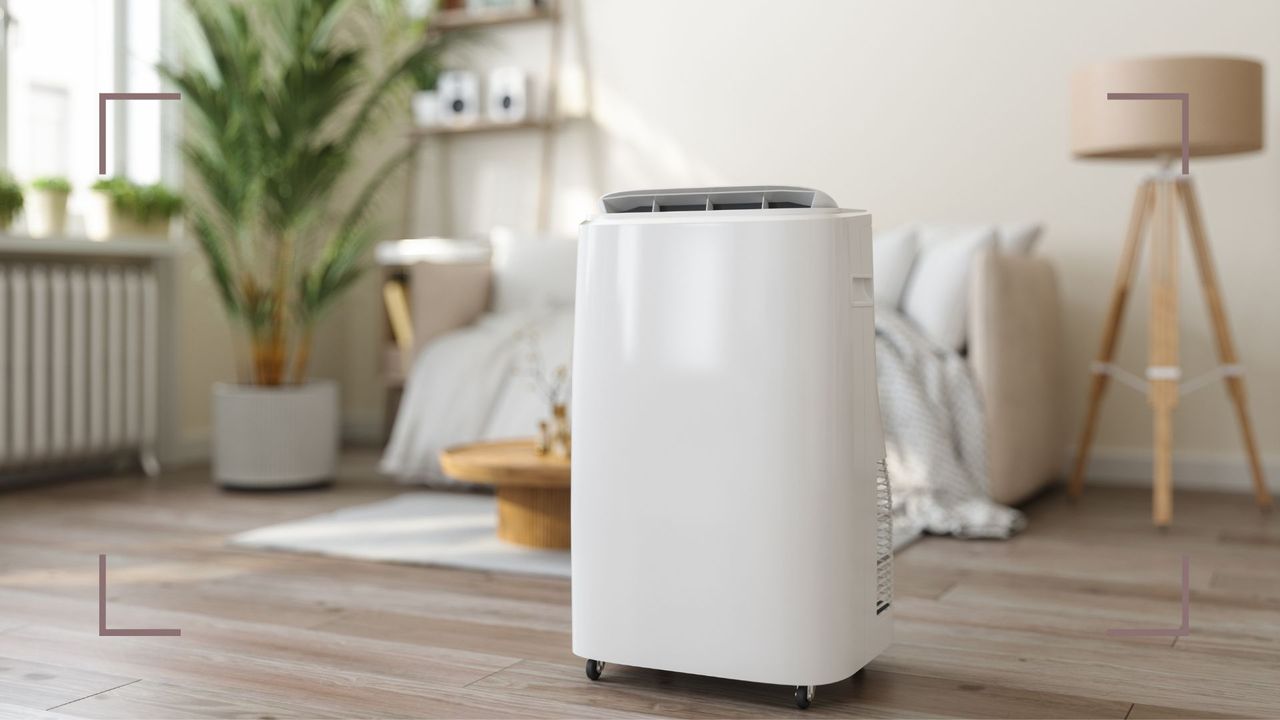
Struggling to keep your home damp-free through the winter? While you may have a top-of-the-line dehumidifier on your side, you might be placing it in the wrong position in your home.
Dehumidifiers are a fantastic way of reducing humidity in your house over winter, and even during the warmer months. However, there are a few conditions to owning them that people often overlook, one of the most important being knowing the best place to put a dehumidifier.
So while you may already own the best dehumidifier on the market, it might not be functioning as well as it could. With that in mind, we've spoken with appliance experts to unearth the worst places to put a dehumidifier and why.
5 worst places to put an a dehumidifier in your home
Once the cold months arrive, it can feel like an ongoing challenge to prevent mould in your house. That's where dehumidifiers can make a huge difference, but only if you know everything you need to know, and that includes using them properly and in the right places.
This is why we have spoken to appliance experts to get their guidance on the places in your home you need to avoid positioning your dehumidifier.
1. Overcrowded rooms
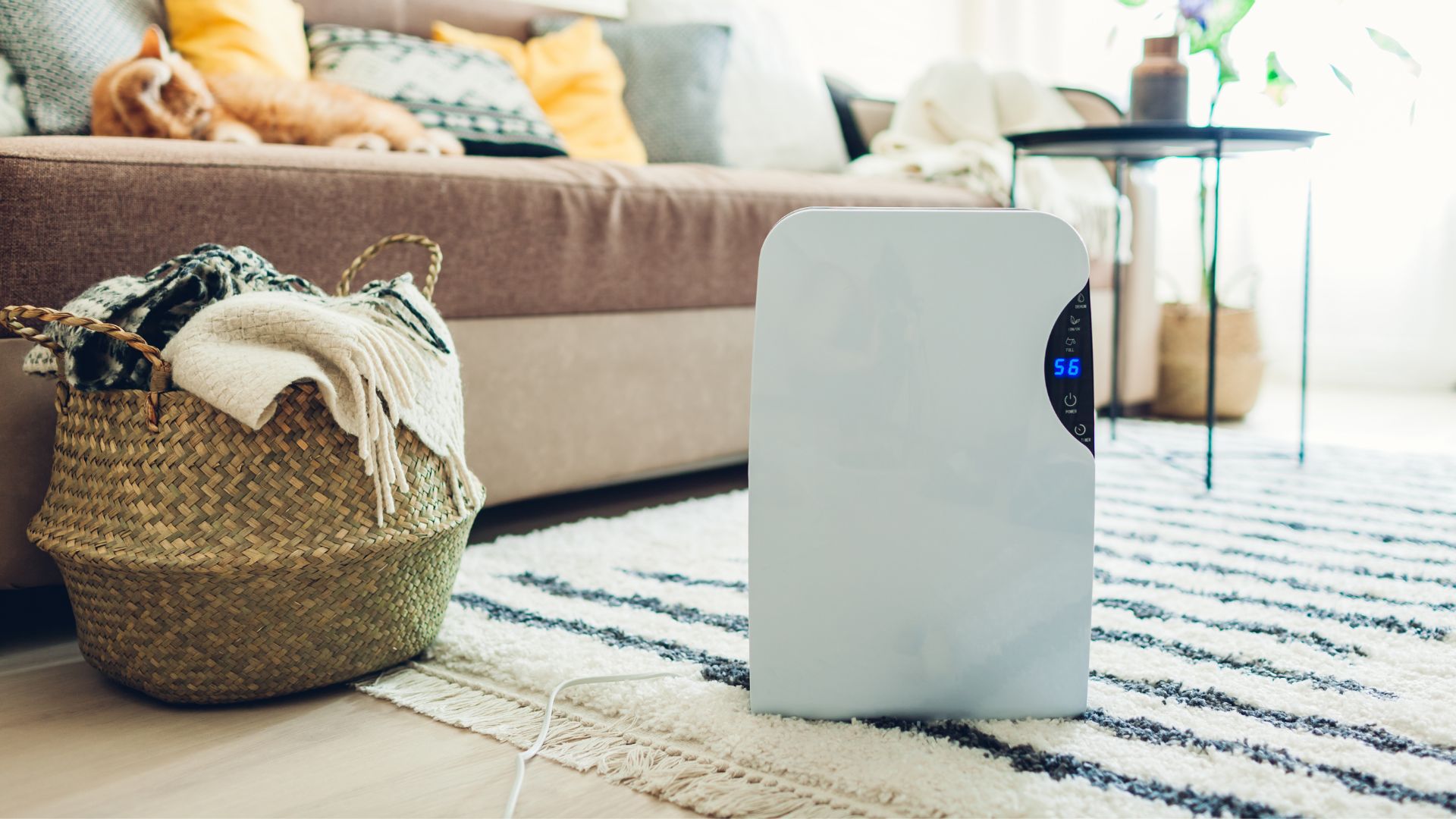
Despite best intentions to declutter your home as much as possible, it's all too easy to overwhelm a room with things. And while that's ok on the surface, it's not great for the function of your dehumidifier because of how a dehumidifier works.
"Dehumidifiers work best in closed rooms with clear space around them, so they can continually recirculate indoor air and remove moisture efficiently," explains Dr Jonathan Kirby, Mould Expert at Dryzone.
He also points out that you should always place your dehumidifier on a flat floor indoors with doors and windows shut, and be sure to clear space around it.
2. Kitchens and bathrooms
While certain dehumidifiers are recommended for bathrooms, experts are reluctant to suggest putting a main's mains-operated model in either bathrooms or the kitchen.
"Don’t place a dehumidifier in kitchens near cooking equipment or near radiators, as steam and heat can confuse the humidistat and make your dehumidifier work harder," says Dr Kirby.
"Dehumidifiers cannot safely be used in bathrooms because they are generally not rated for bathroom use. For kitchens and bathrooms, rely on extractor fans and other forms of ventilation to manage condensation," he continues.
3. In a corner
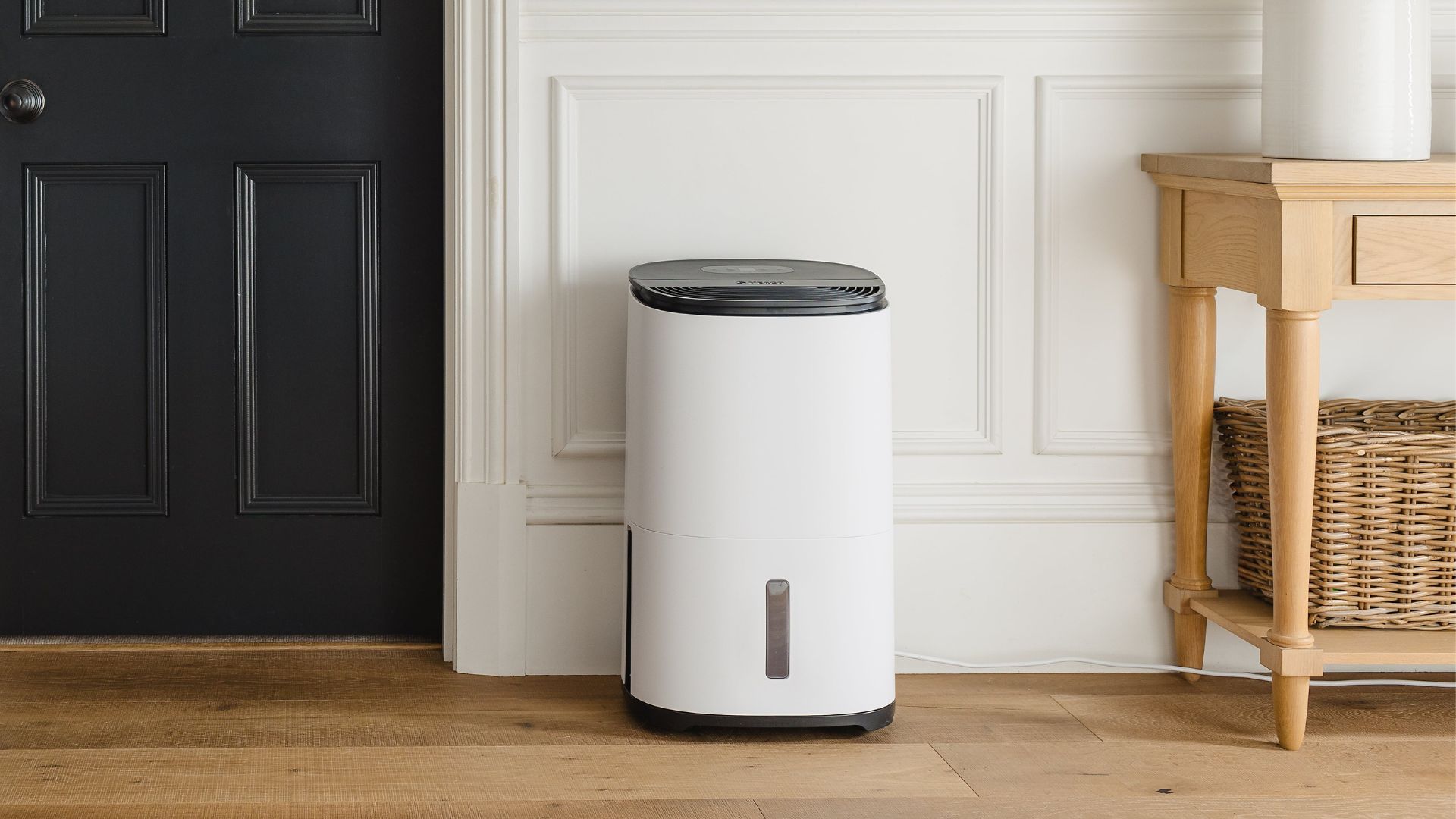
If you're already juggling a small living room layout, pushing your dehumidifier into a corner might save a little bit of room, but it won't help with your home's humidity.
As Katie Lilywhite, appliance expert at AO.com, explains: “One of the most common mistakes is putting a dehumidifier in a corner, when instead you should be positioning the dehumidifier in the centre of the room to remove moisture. This ensures that there is enough space around the dehumidifier for the air to circulate."
Even if you've gone to great lengths to research what size dehumidifier you need and it's small, it still needs to be positioned away from the corners.
4. Closed spaces
Before the winter rain and wind arrive, it's important to take precautions to protect your home from possible damp and mould. Especially more compact spots like your wardrobe; however, a dehumidifier cannot function efficiently in such an enclosed spot.
"Avoid using a dehumidifier in sealed spaces, such as a cupboard, as it won’t be able to circulate air properly and might overheat," Chris Michael, CEO of Meaco.
Instead of a dehumidifier, prevent mould in your wardrobes with nifty dehumidifier bags. They're extremely compact and work best in cramped spaces, so no need to worry about air circulation or overheating. Read my first-hand experience of using dehumidifier bags in my wardrobe.
RRP: £12.97 | Hanging these dehumidifier bags in your wardrobe will help collect any moisture in the air and prevent mould build-up for even occurring.
5. Under wet laundry
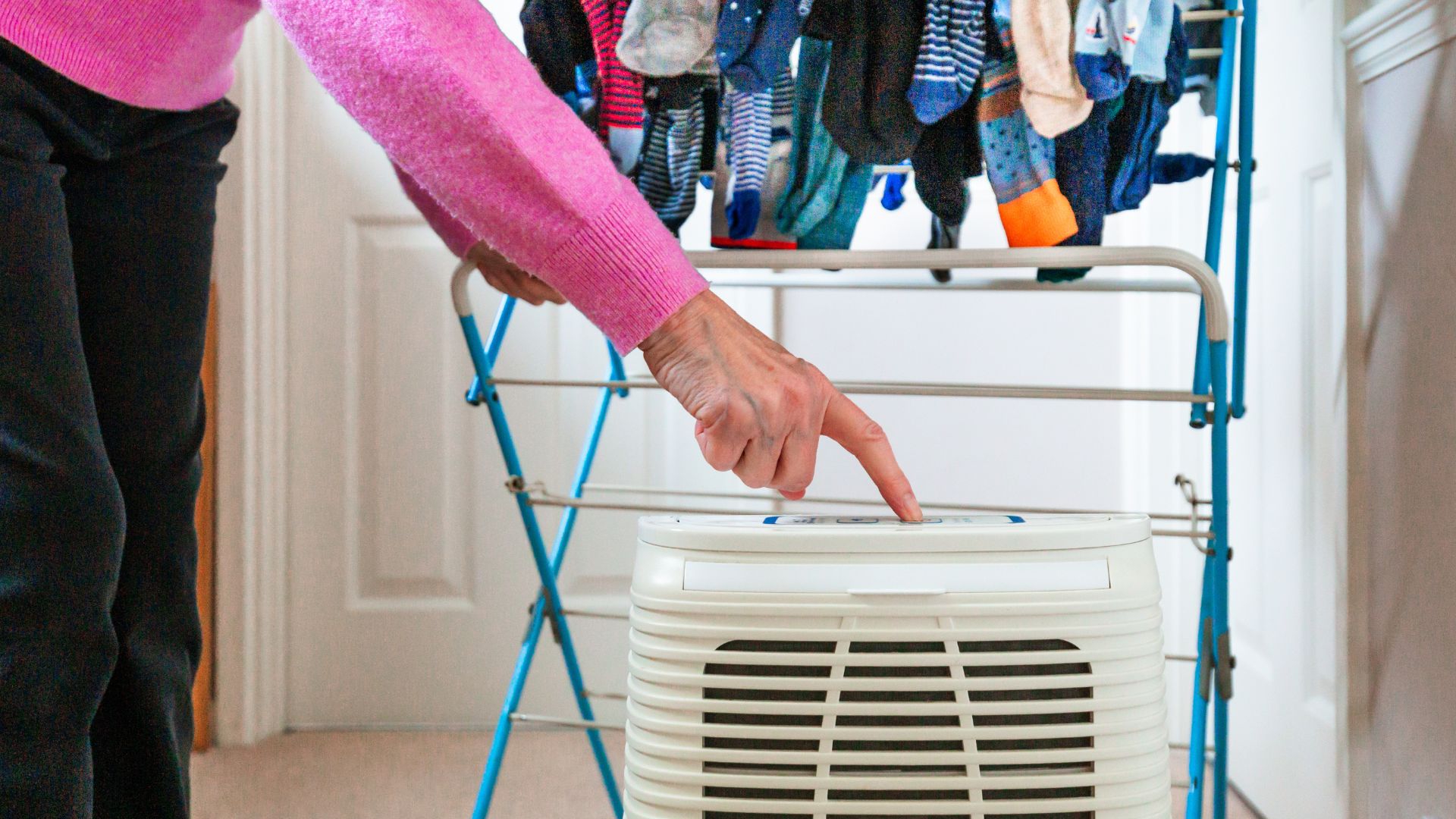
Although dehumidifiers are a fantastic way to dry clothes indoors without a dryer, you shouldn't put your appliance too close to your wet clothes. "Make sure to keep it dry, don’t let laundry drip onto it and never cover it," warns Dr Kirby.
Keeping your clothes on a heated airer nearby to your dehumidifier will have a much better result and won't damage your machine in the process.
Shop our dehumidifier picks
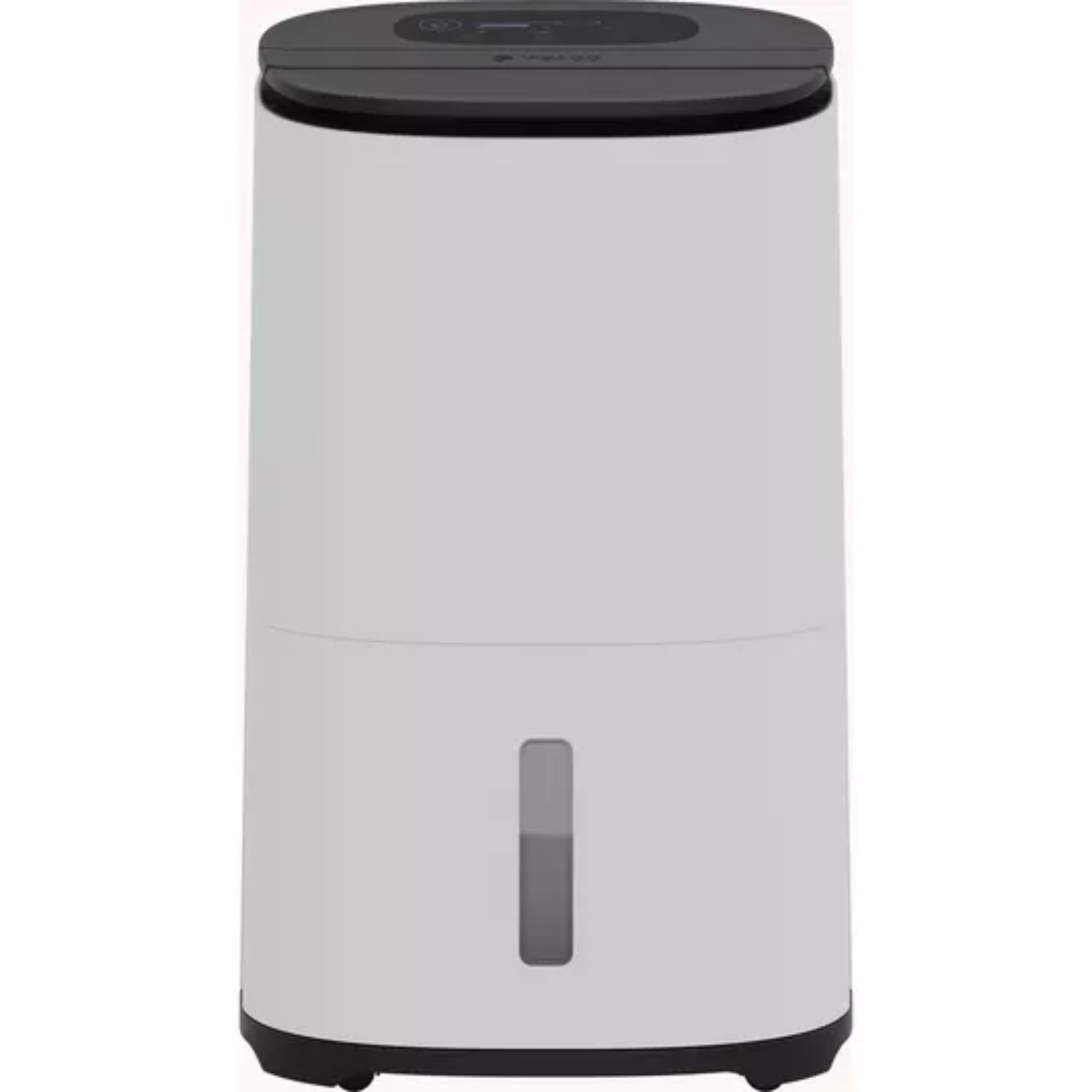
This impressive model won the accolade of 'best dehumidifier overall' in our buying guide after testing countless models "It's incredible", was our tester's verdict.
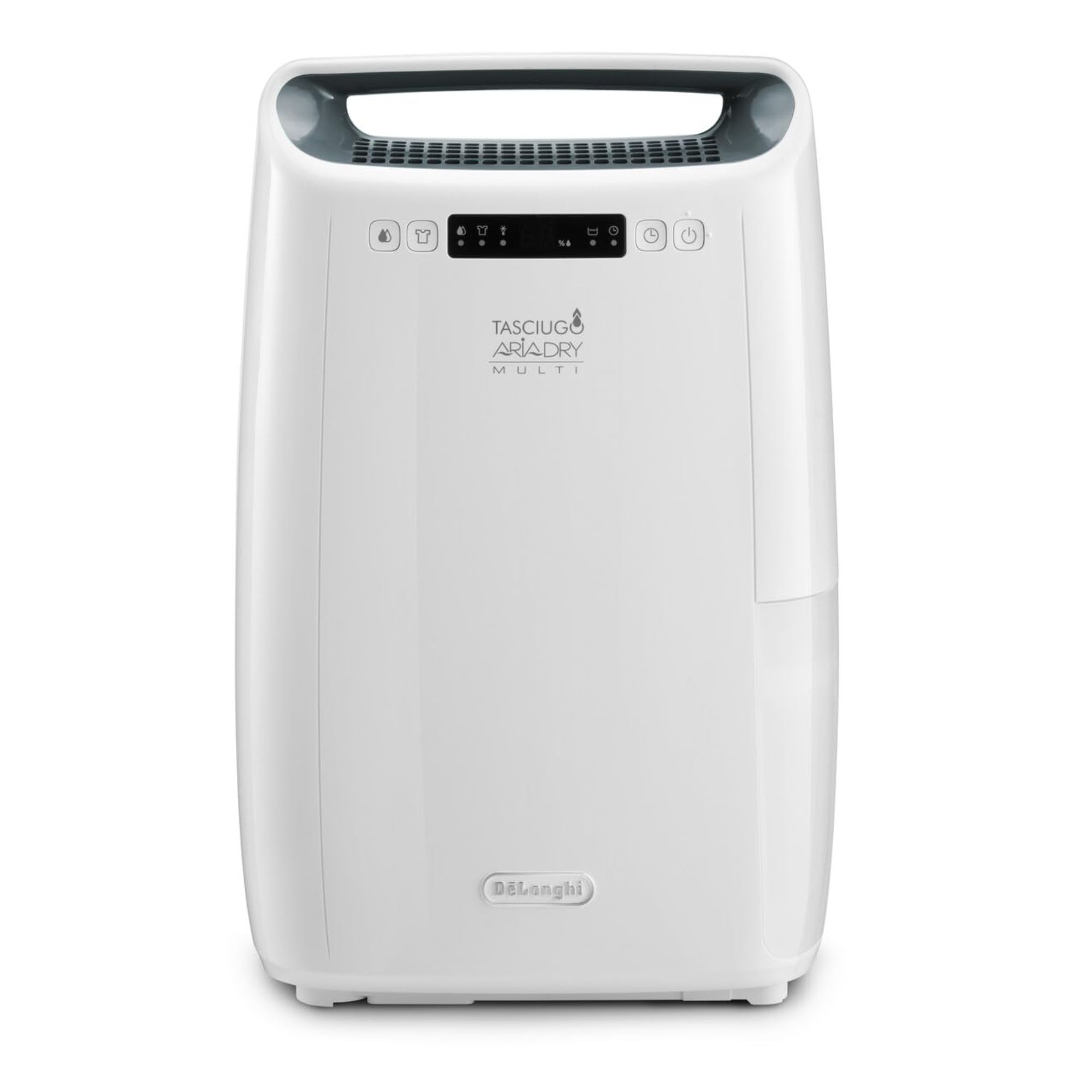
This won the award of best dehumidifier for a bedroom, thanks to its effortless capabilities of reducing excess moisture so quietly, 'I wasn't even sure it was working the first time I tried it overnight,' said our reviewer.
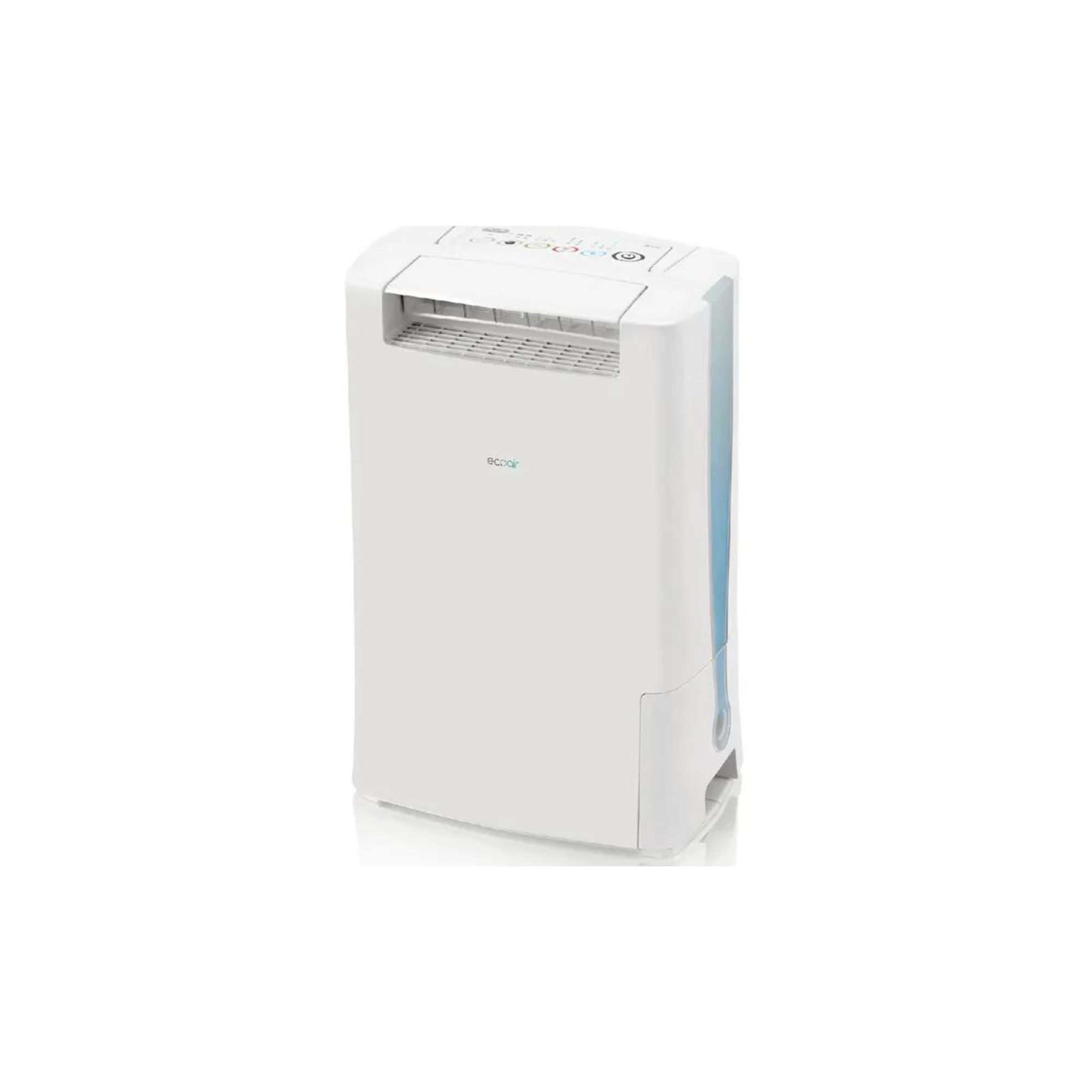
This generous model makes light work of drying laundry and is ideal for helping dry large loads of washing during the winter months.
FAQs
Does it matter where you place a dehumidifier?
Despite being rather straightforward appliances, you'd be surprised by just how many dehumidifier mistakes there are to make. Incorrect placement is one of the most common ones.
"Yes, placement matters. A dehumidifier works best in a central, open location where air can flow freely around it. Positioning it correctly helps it pull moisture from the whole room more effectively," starts Chris.
"If you're drying laundry, placing it near the clothes with Laundry Mode on will speed things up. If you want to tackle damp in a specific area, place it nearby but still allow for airflow," he adds.
Should you put a dehumidifier in your bedroom or living room?
If you're wondering whether to buy a dehumidifier for your bedroom or living room, it can depend on the humidity in each room. But in short, the answer is both.
“Bedrooms and living rooms are great locations for dehumidifiers, especially during the colder months when windows are closed and heating is on. They help maintain a healthy humidity level, which improves air quality and reduces the risk of mould growth," points out Katie.
“Just bear in mind that if you’re running it overnight in a bedroom, you might want to look for a quieter model or use a lower setting to minimise noise,” she states.
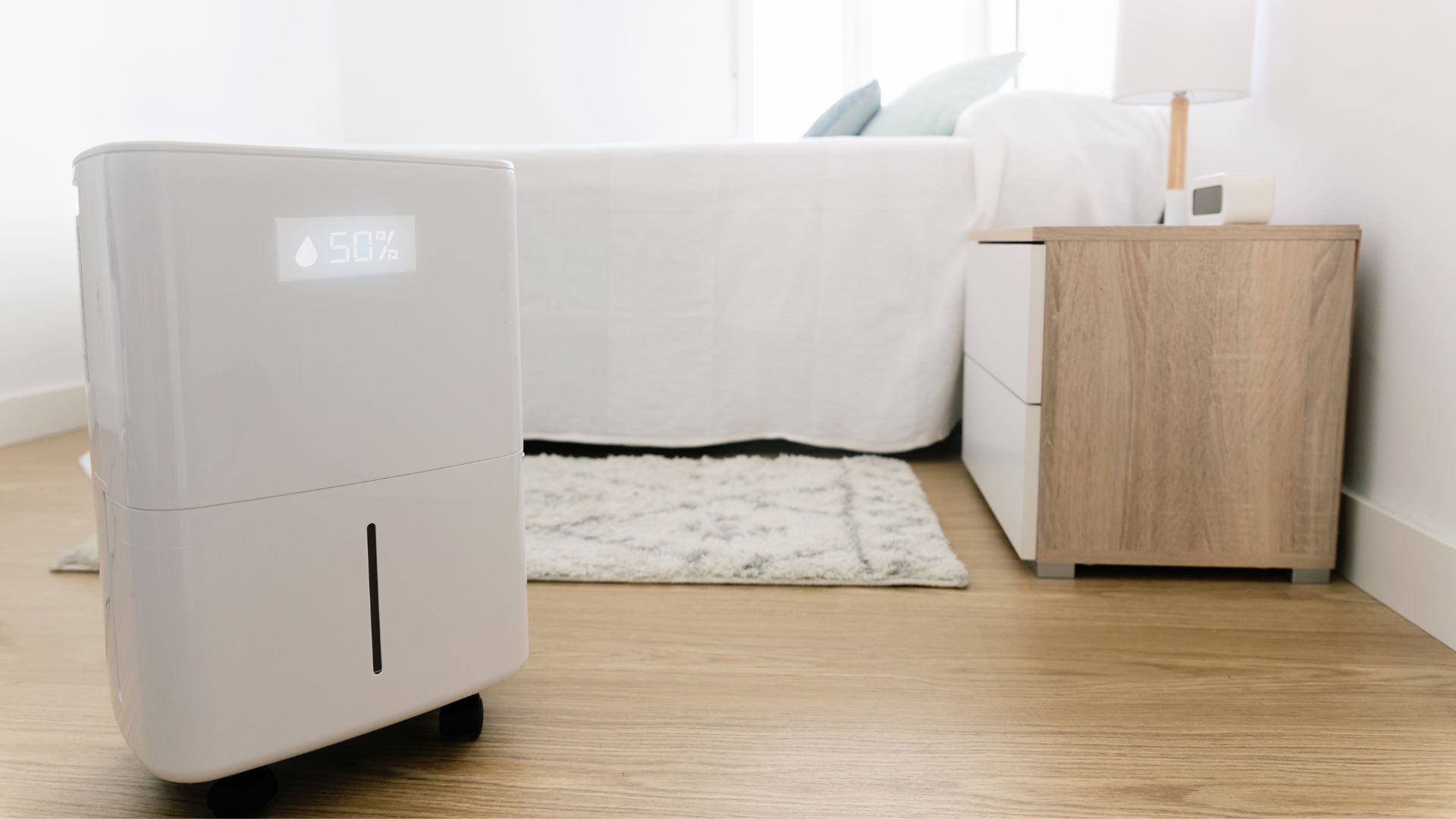
Why should you not use a dehumidifier in the bathroom?
As mentioned previously, mains-operated dehumidifiers aren't usually found in the bathroom for several reasons, but there are ways to curb moisture in the space.
"Electric dehumidifiers aren’t IP-rated for wet environments, so using one in a bathroom is unsafe. It's better to use extractor fans or open a window immediately after bathing to remove moisture quickly," explains Chris.
He goes on, "Alternatively, position the dehumidifier in the landing or hallway after using the bathroom. This position is common as the dehumidifier can service both the bathroom and bedrooms if the doors are kept open."
Another alternative is houseplants that help with condensation. Having a few of these in your bathroom can help keep the damp away and improve the air quality.
If you're worried about mould growth and moisture build-up, we'd recommend keeping an eye on unexpected places in your home where mould might be hiding. That way, you can catch it early and treat it before it spreads.







